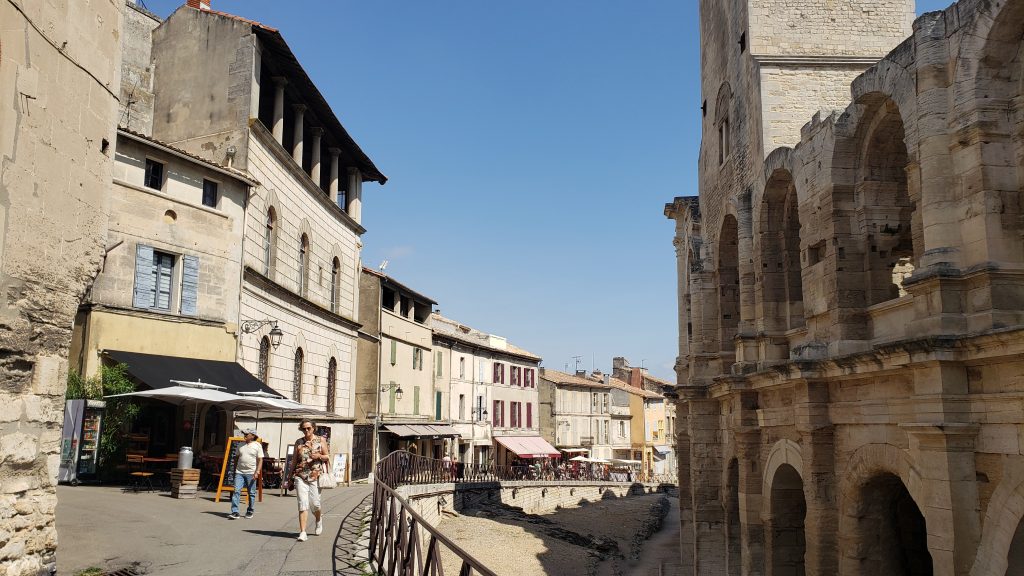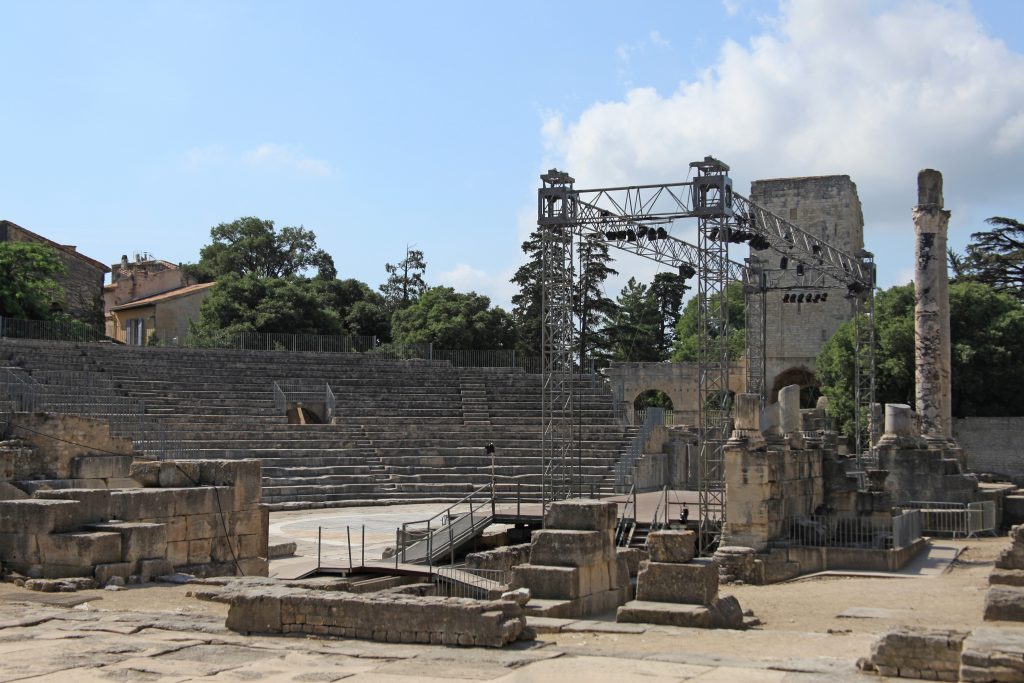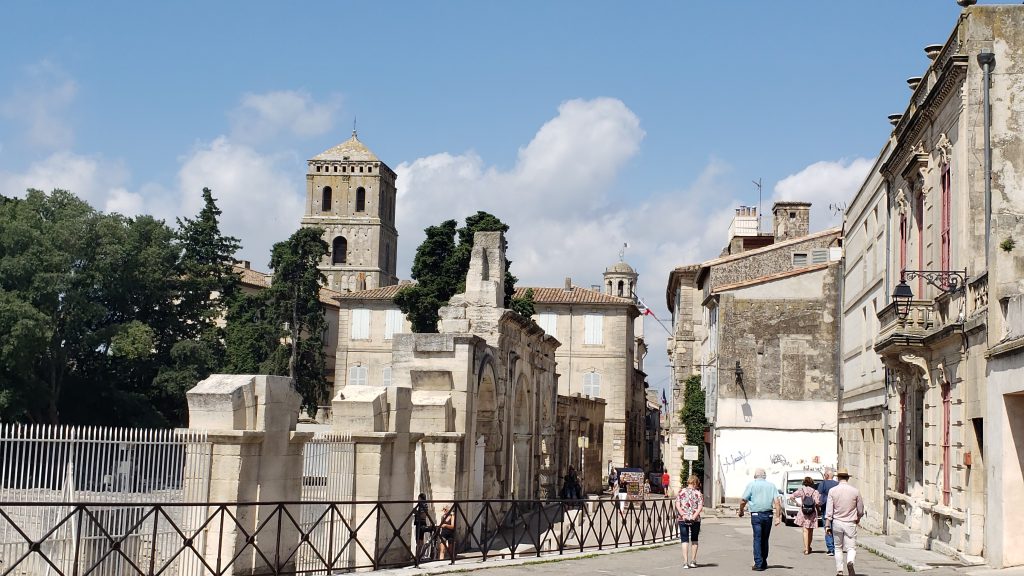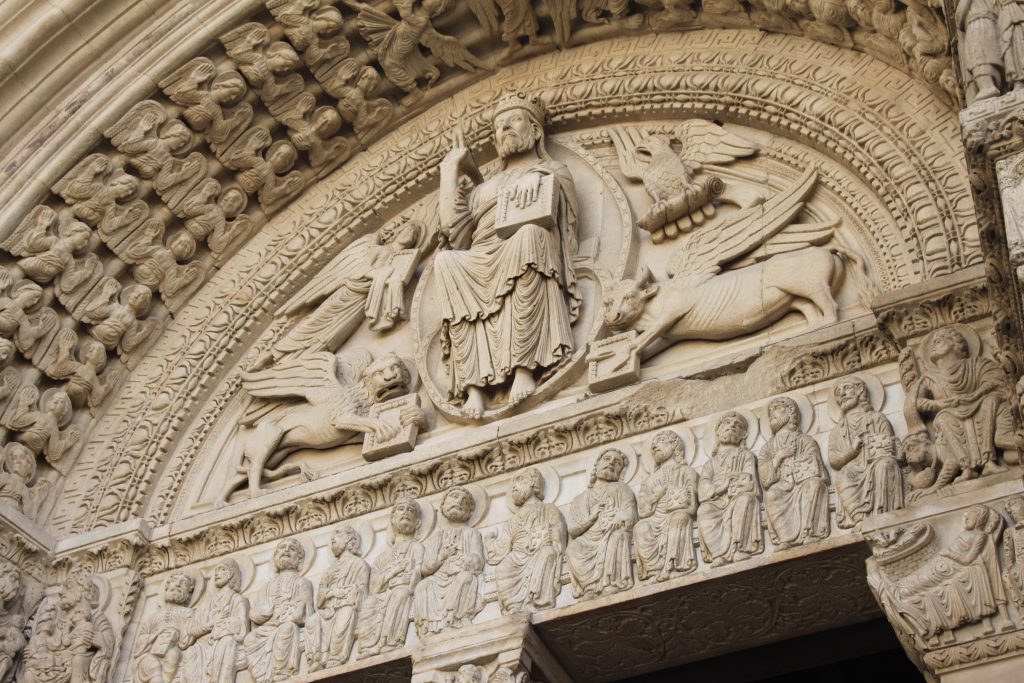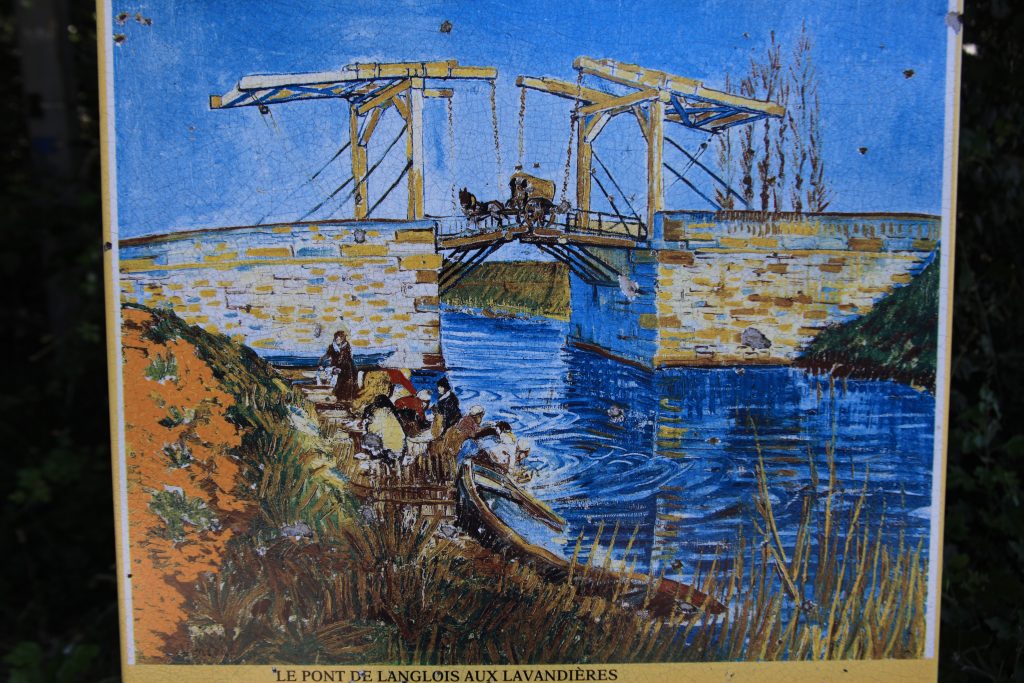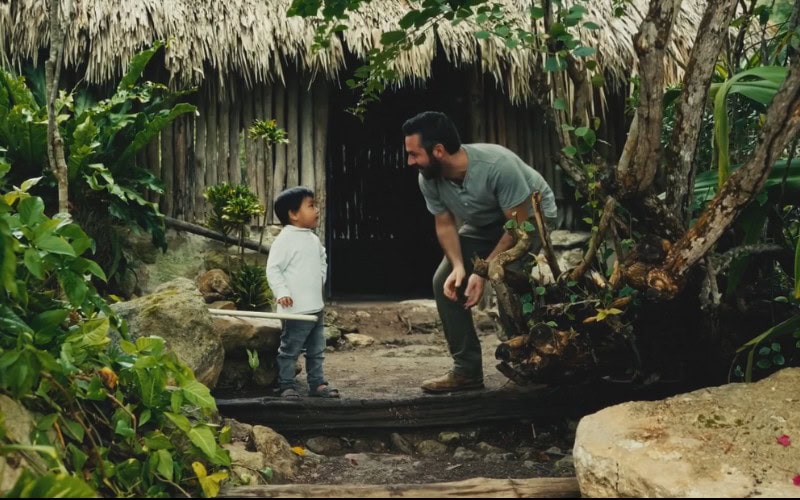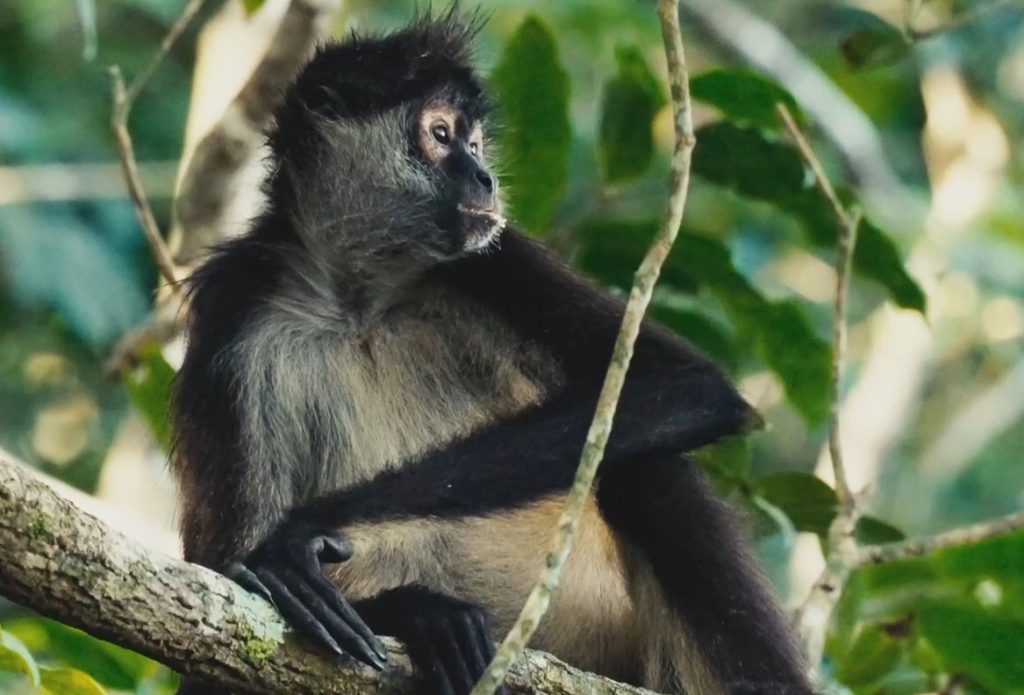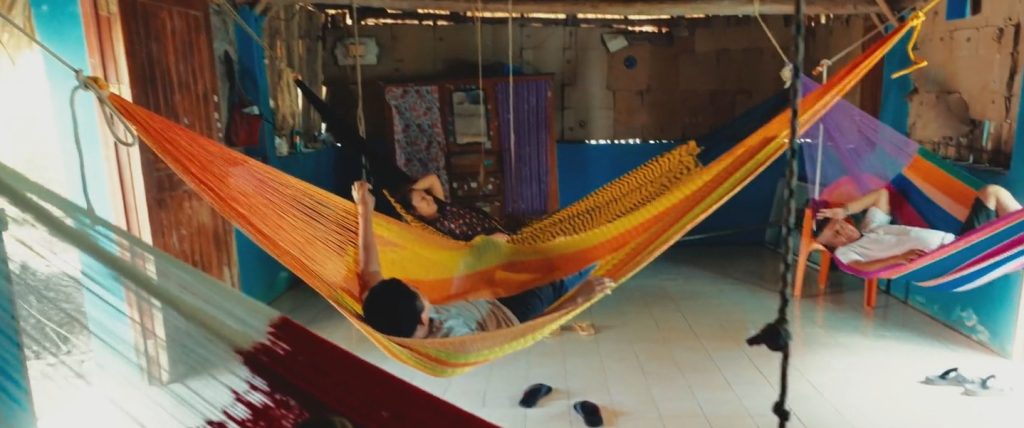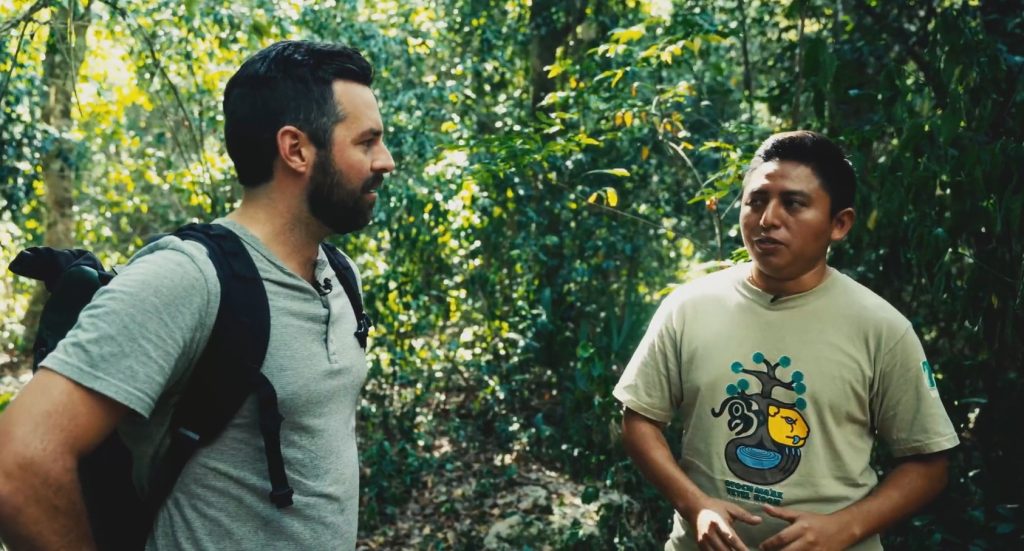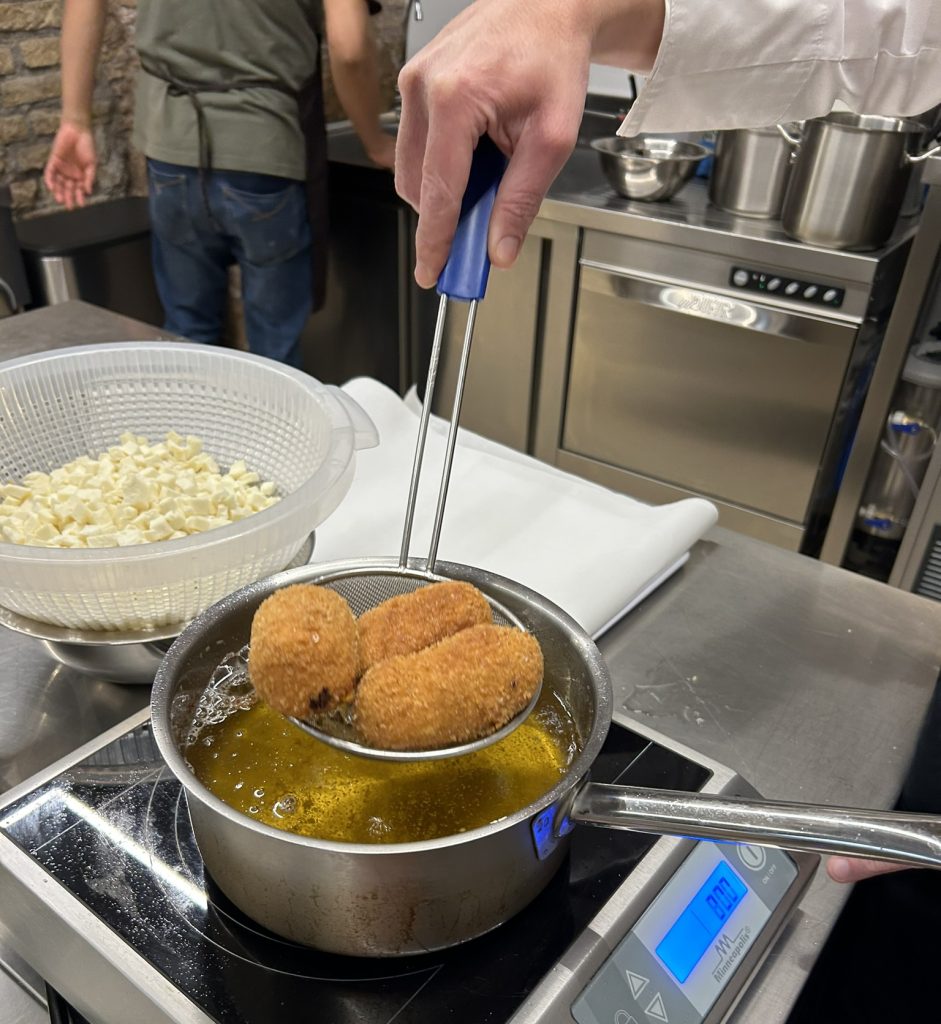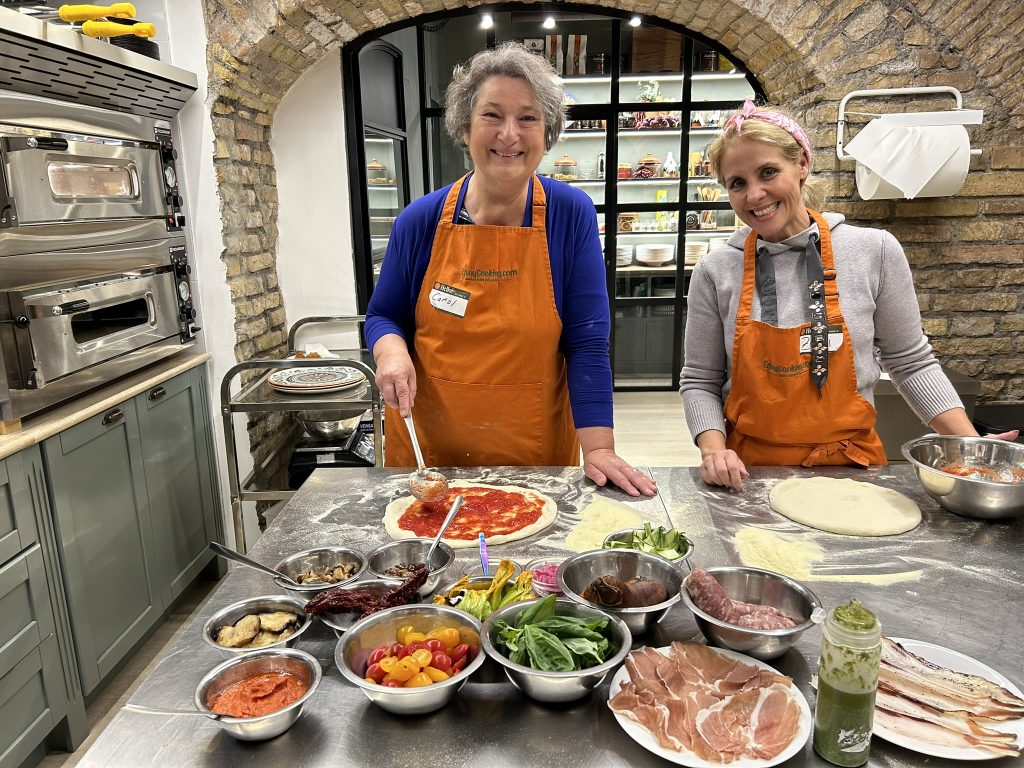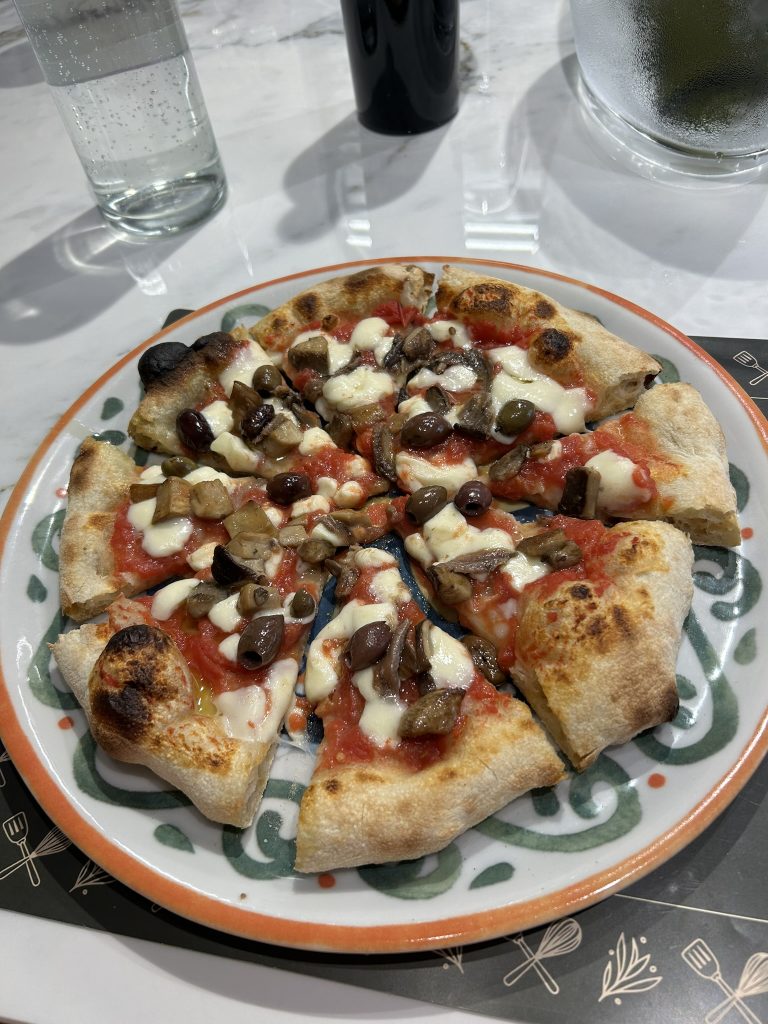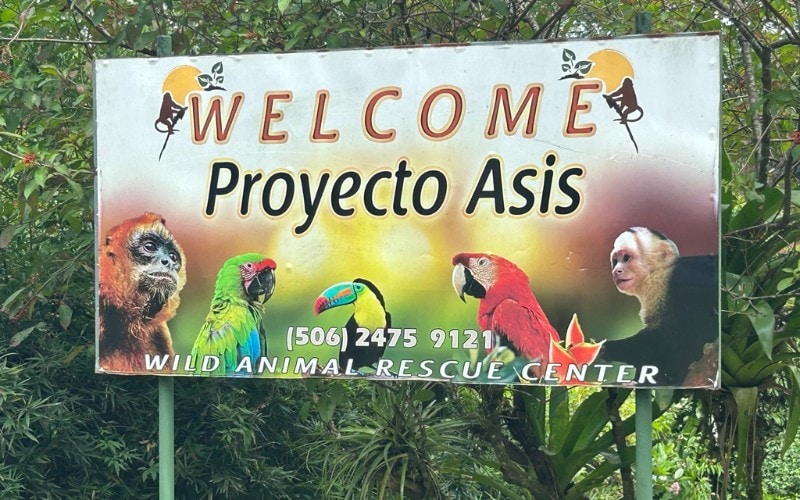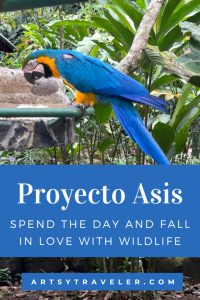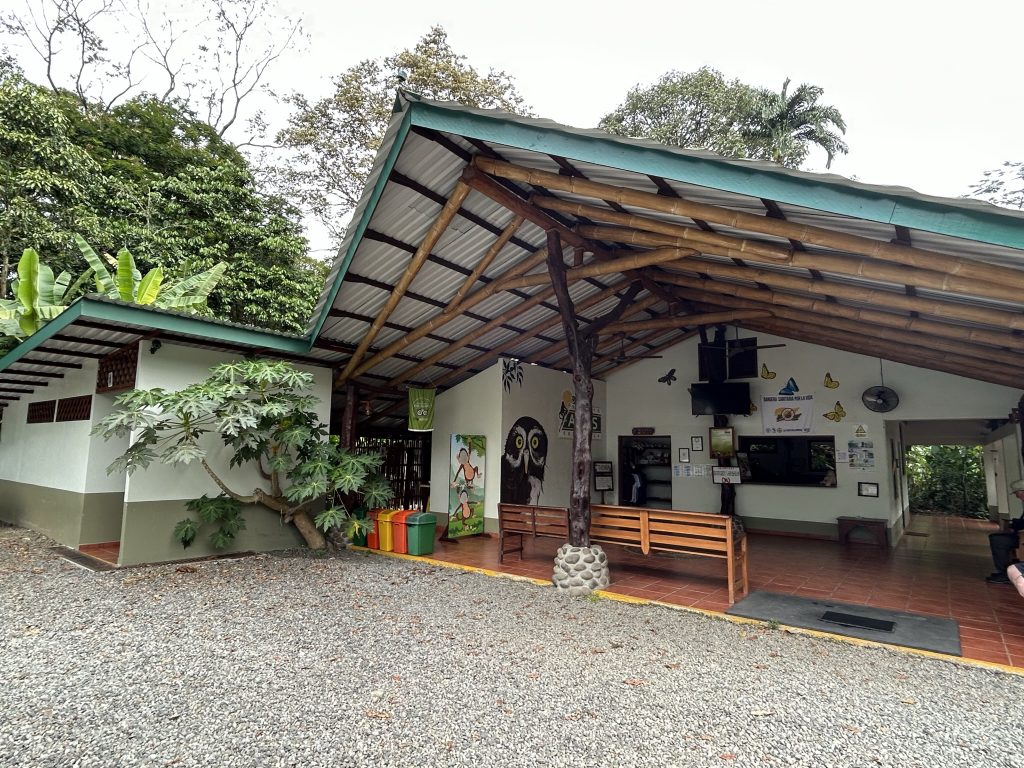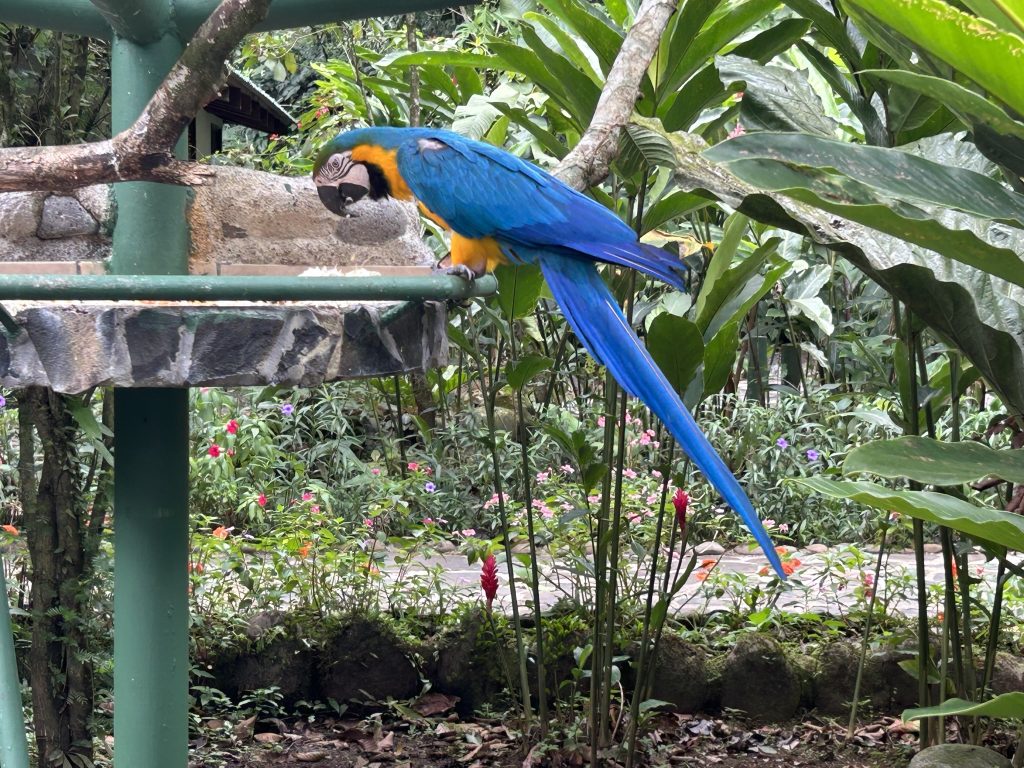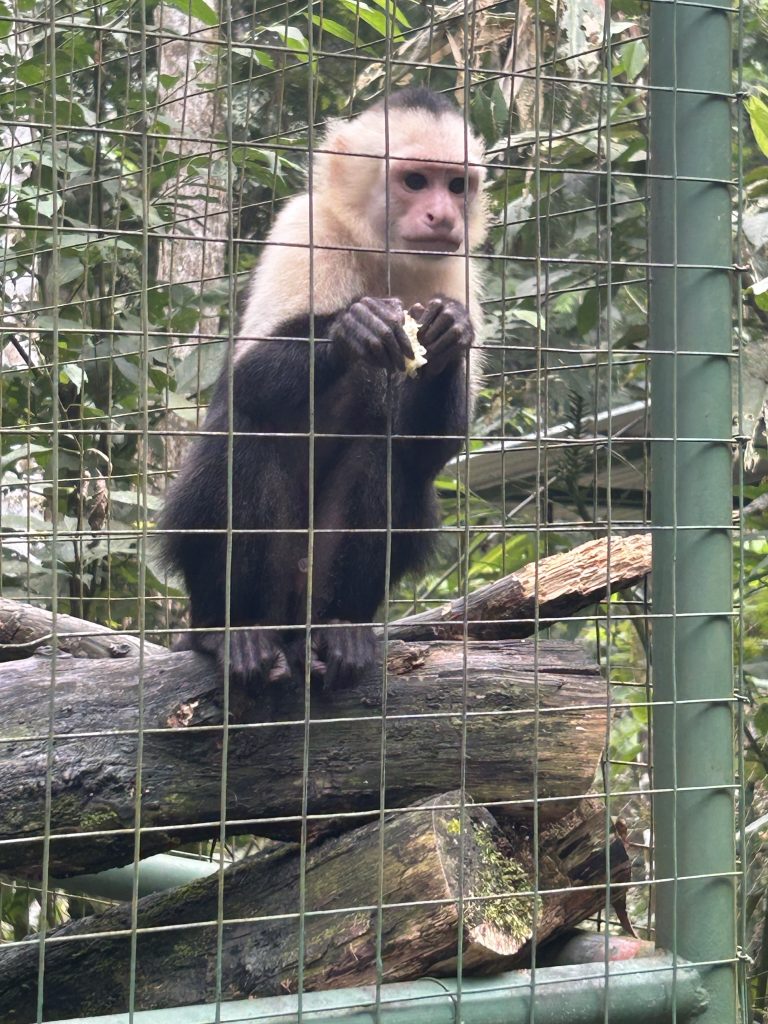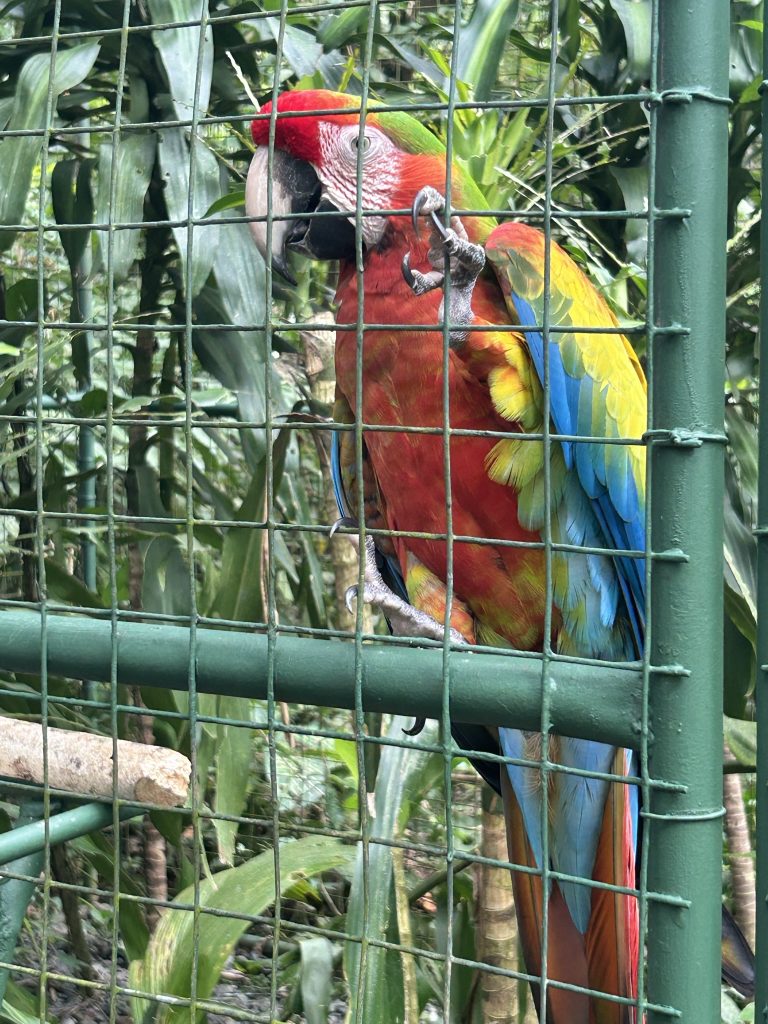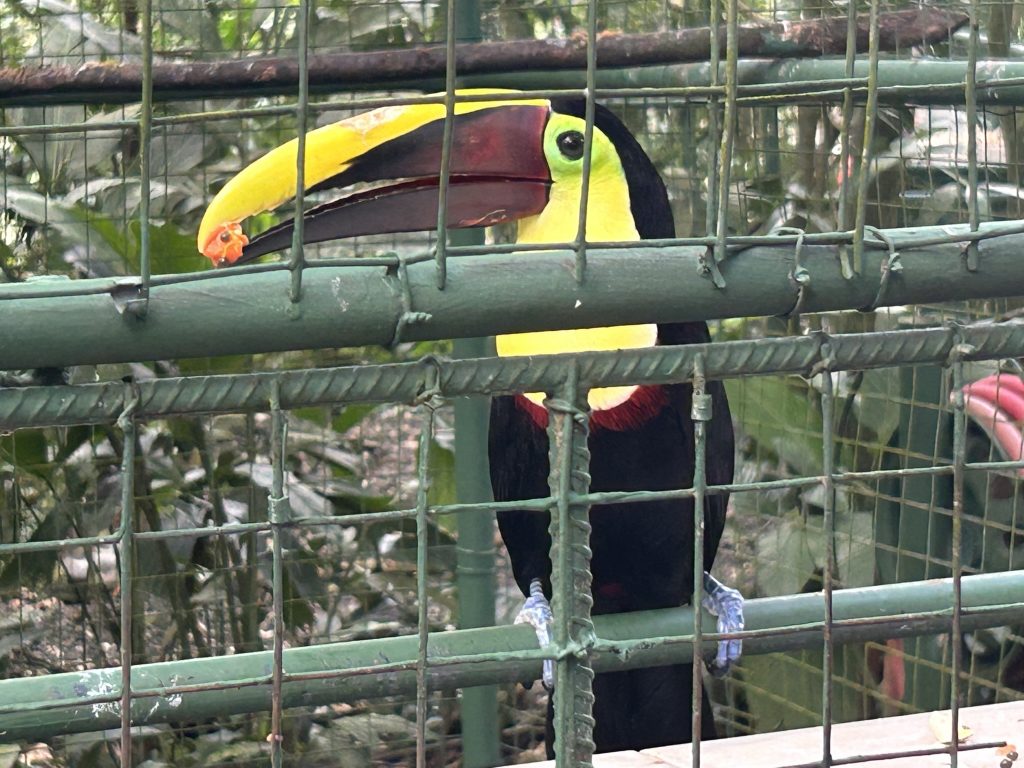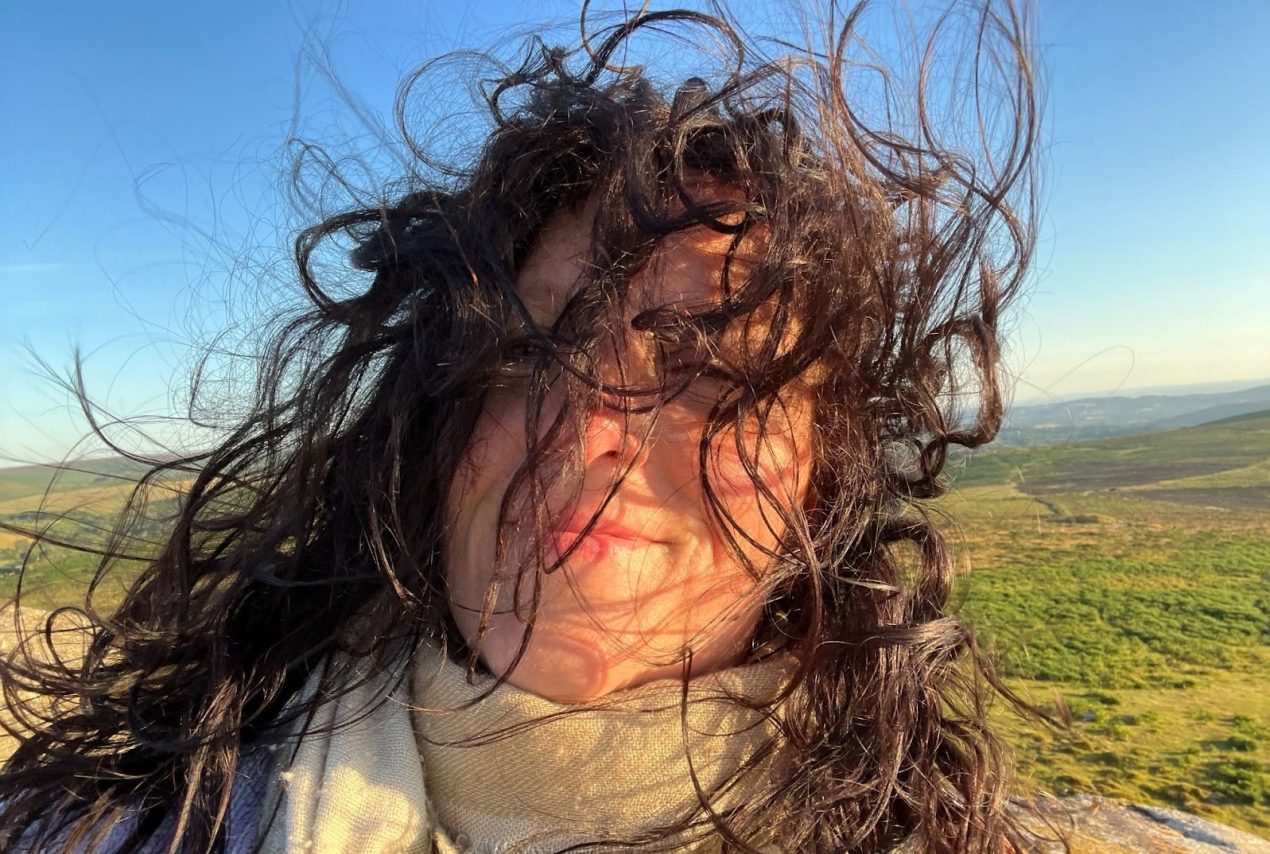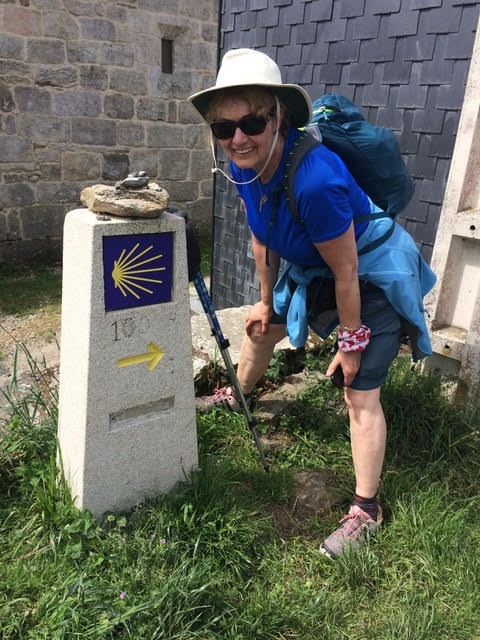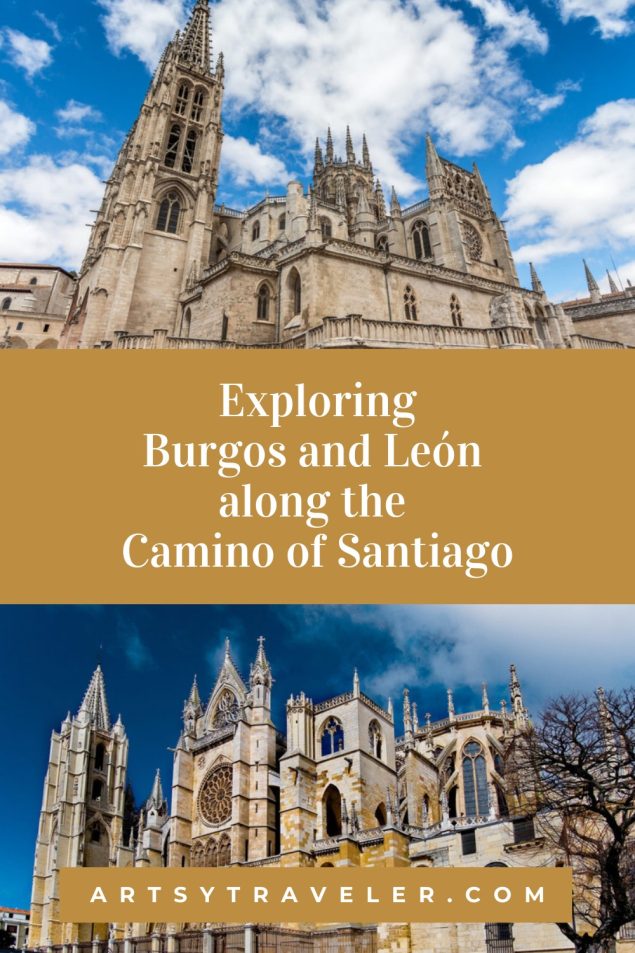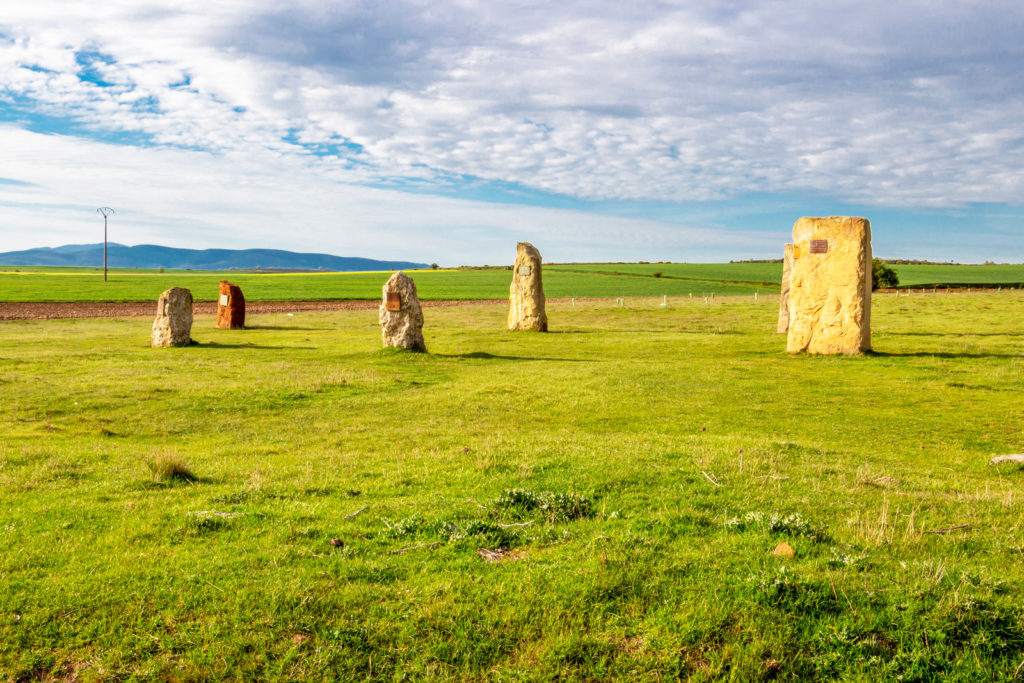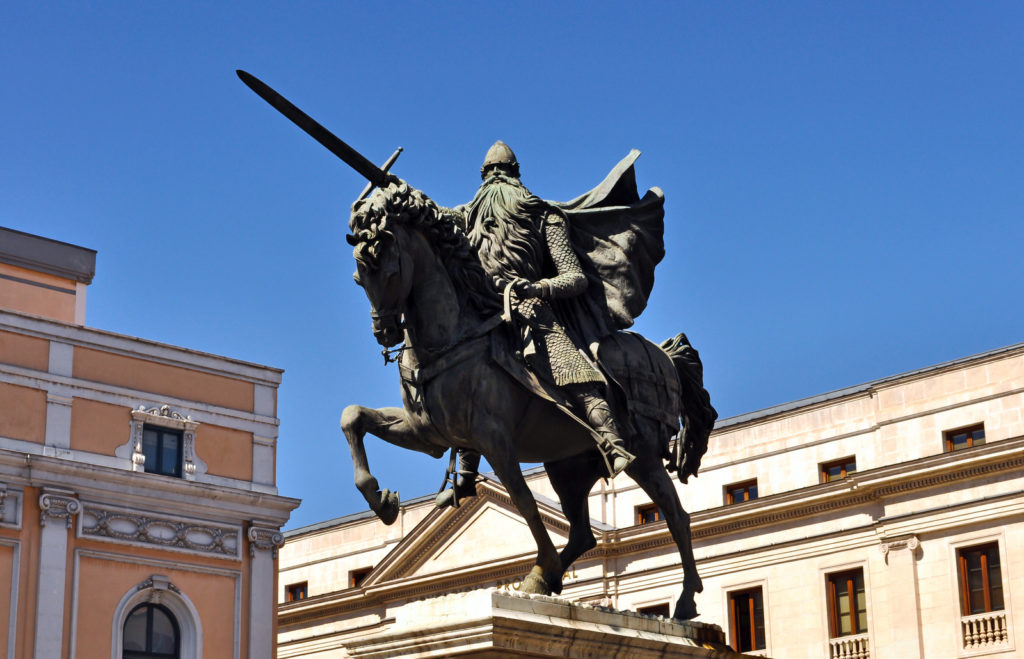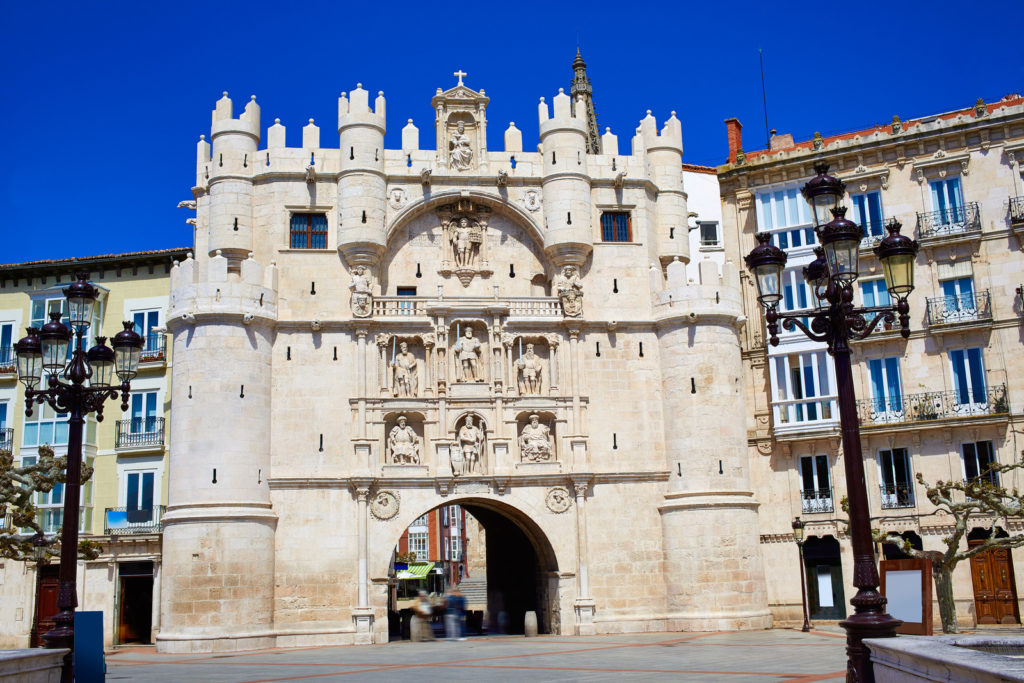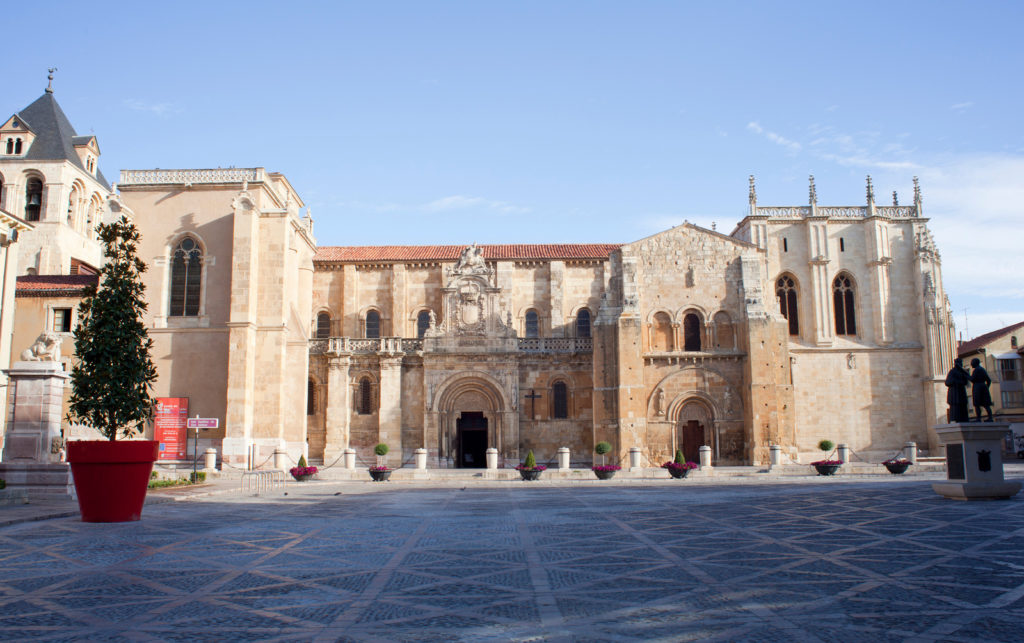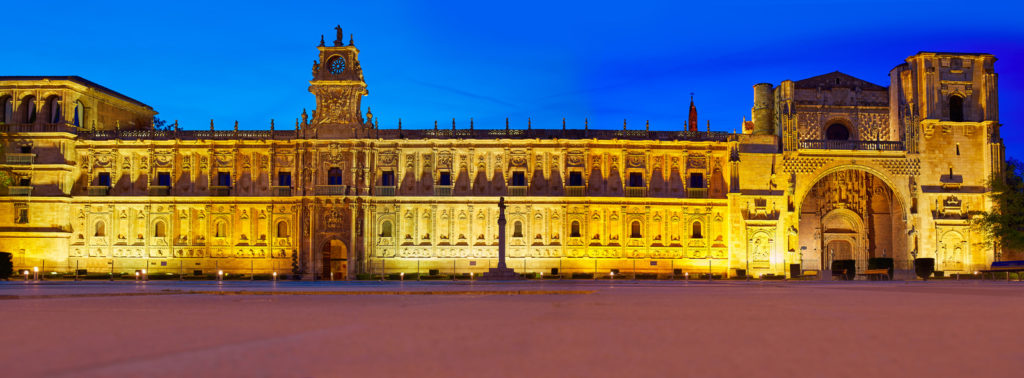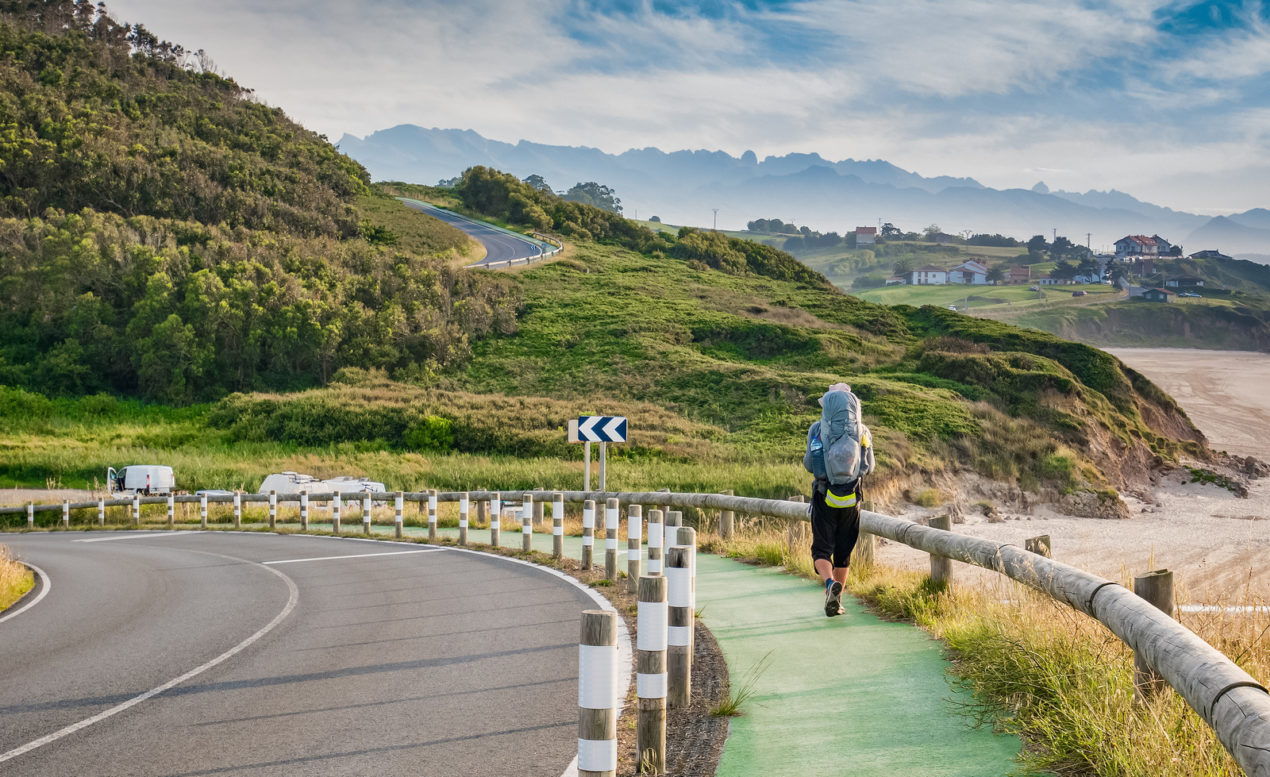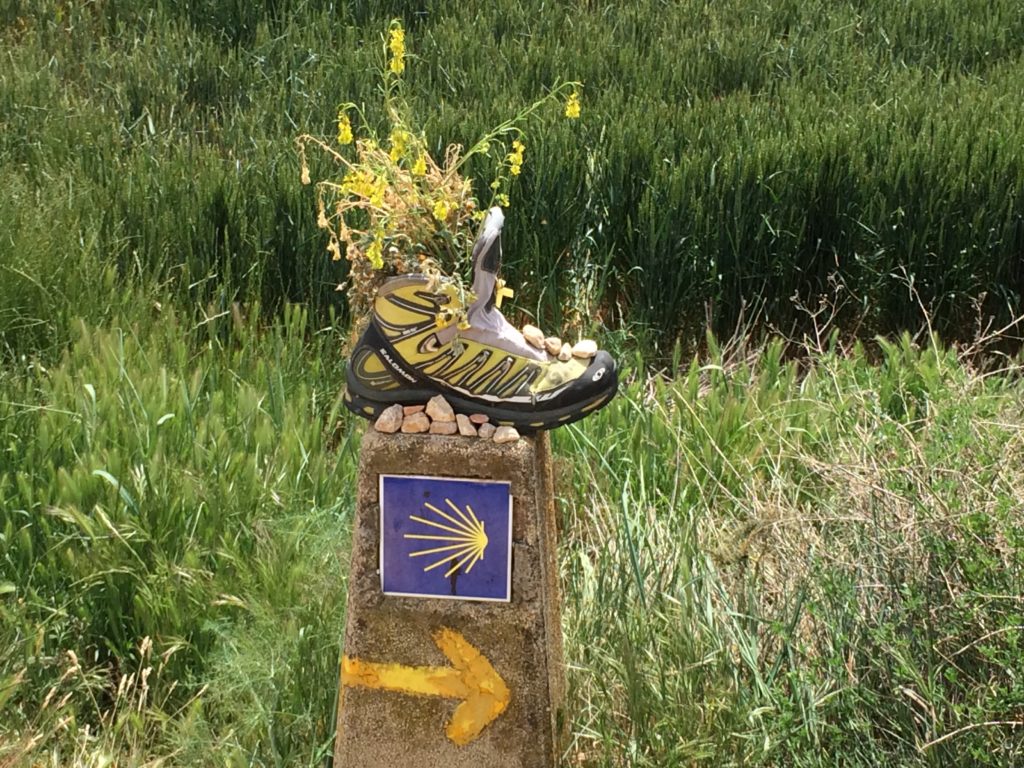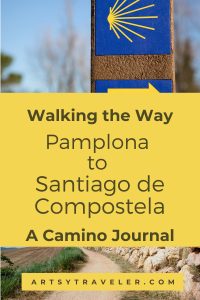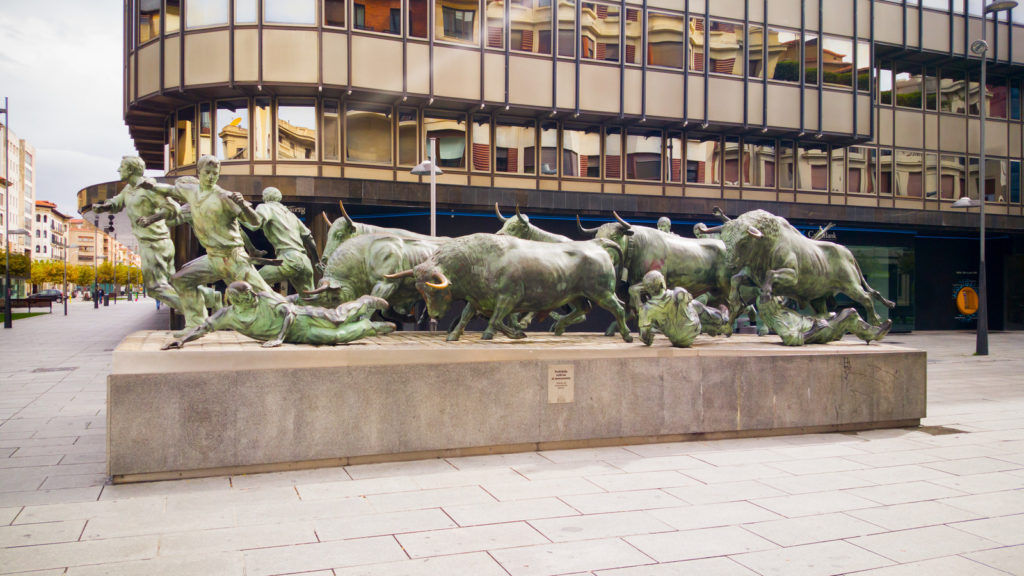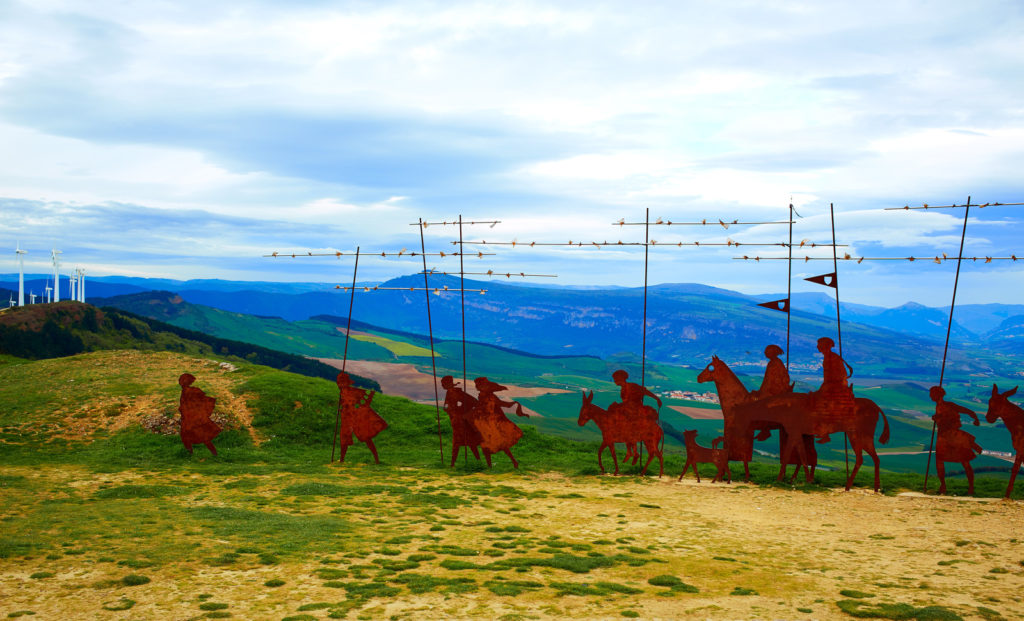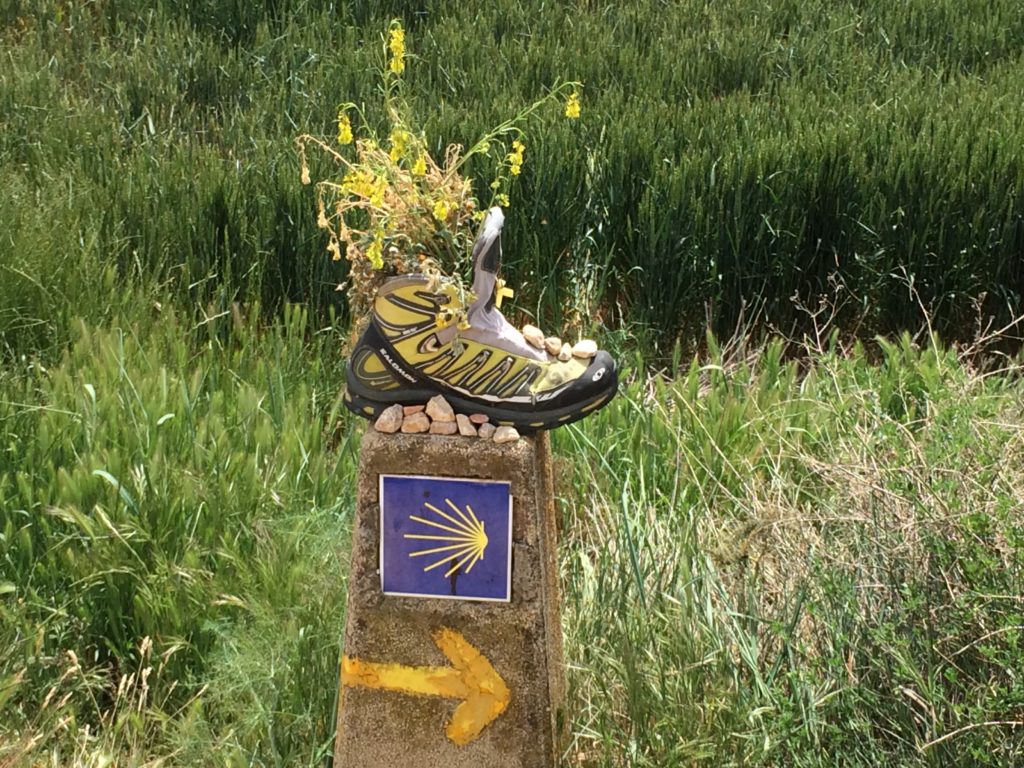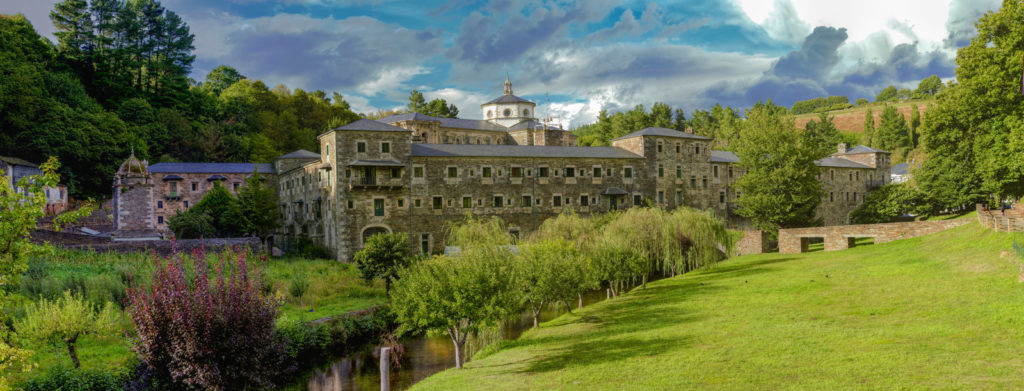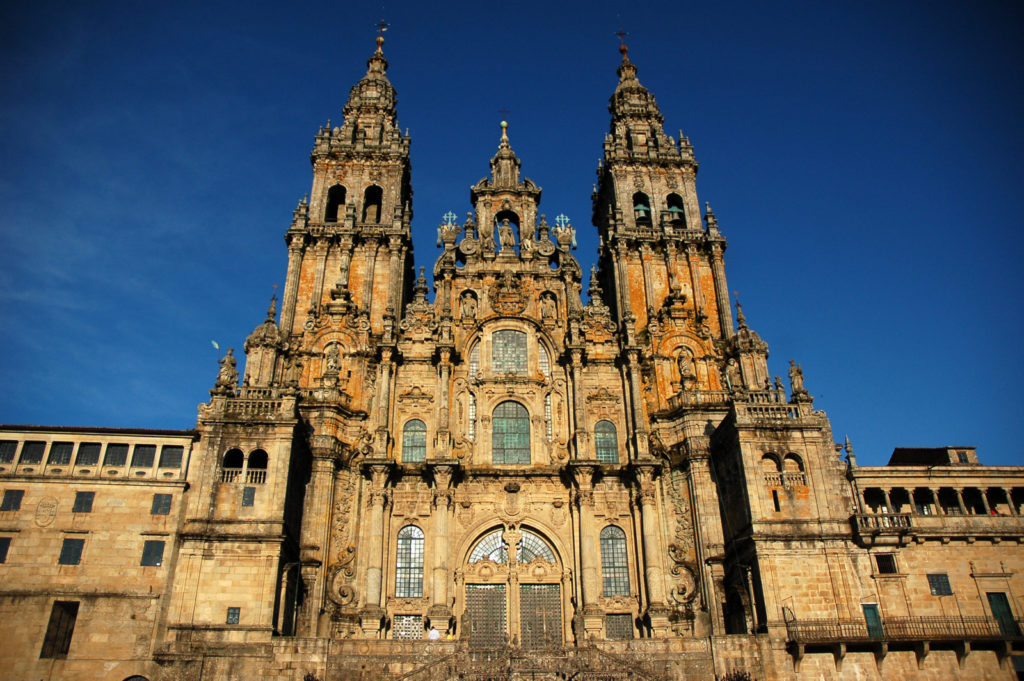Capilano Canyon Lights: A Celebration of Vancouver’s Best Holiday Stroll
I visited Canyon Lights in North Vancouver’s Capilano Canyon in late November on its opening weekend for the holiday season.
Accompanied by my daughter, Julia, as I often am on my travels, I thoroughly enjoyed the opportunity to get outside and savor my home town’s festive vibes.
If you’re looking for a fun outing for families, friends and couples, then consider Canyon Lights. In this post, I provide a full account of my three-hour visit.
Quick Facts
What: Canyon Lights at Capilano Suspension Bridge Park: the bridge, treetops, canyon and rainforest lit with festive lights.
Where: 3735 Capilano Road, North Vancouver, BC.
When: Late November to early January; check the website for exact dates.
Tickets: Pre-purchase required; timed-entry visits.
What it costs: $75 per person. (Is it too steep? Read to the end for my verdict!)
Getting there: Free shuttle from downtown Vancouver, limited parking (cost was $9 for three hours).
Why visit: Unique blend of rainforest, canyon, suspension bridge and festive lights; one of Vancouver’s most iconic holiday experiences.
Tip: Arrive around dusk to beat the crowds. Dress warmly and wear sturdy shoes with good traction as the walkways can be slippery.
Who it’s for: Couples, families, creative souls looking for a photogenic winter outing, anyone who loves nature and light (and who doesn’t?).
Accessibility: The Suspension Bridge, Cliffwalk and Treetop Adventure are not wheelchair accessible. You need to be able to climb narrow stairways and walk across suspension bridges.
Arriving at the Park
After collecting your pre-booked tickets (make sure to book in advance), stop first at the display of photographs chronicling the growth of the park from its beginnings in 1889 to today. It’s a fascinating story.
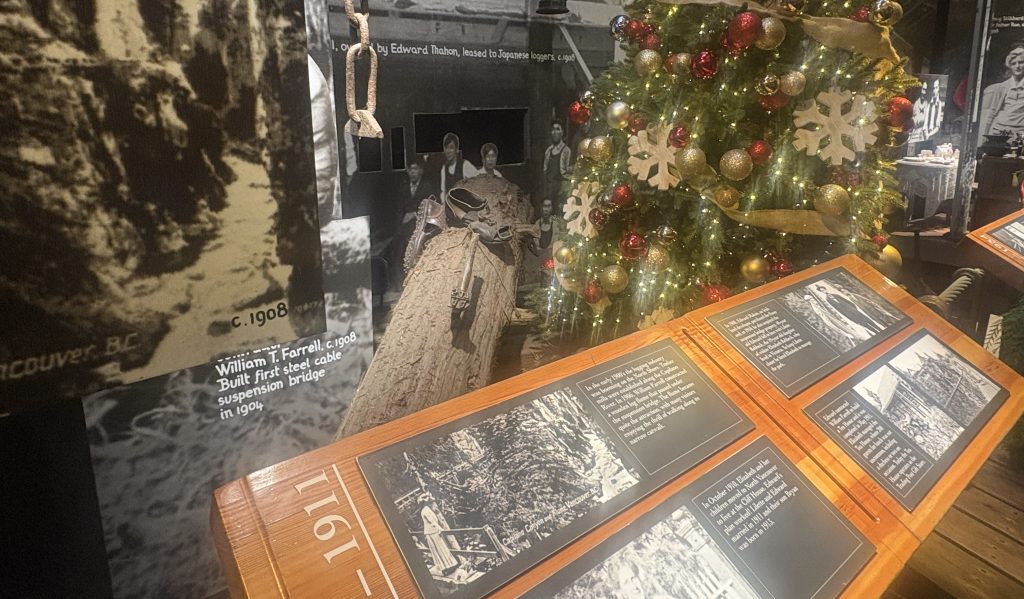
From the history display, set off along the totem-lined path toward the main area where you’ll find a large gift shop and places to get dinner food, waffles, and hot drinks. Red and white lights transform the trees lining the pathway into a glittering display.
Stop and take a selfie in the belly of a totem and say hello to the giant bear guarding the gift shop.
The atmosphere is festive and fun. Everyone is out to have a good time and get their money’s worth.


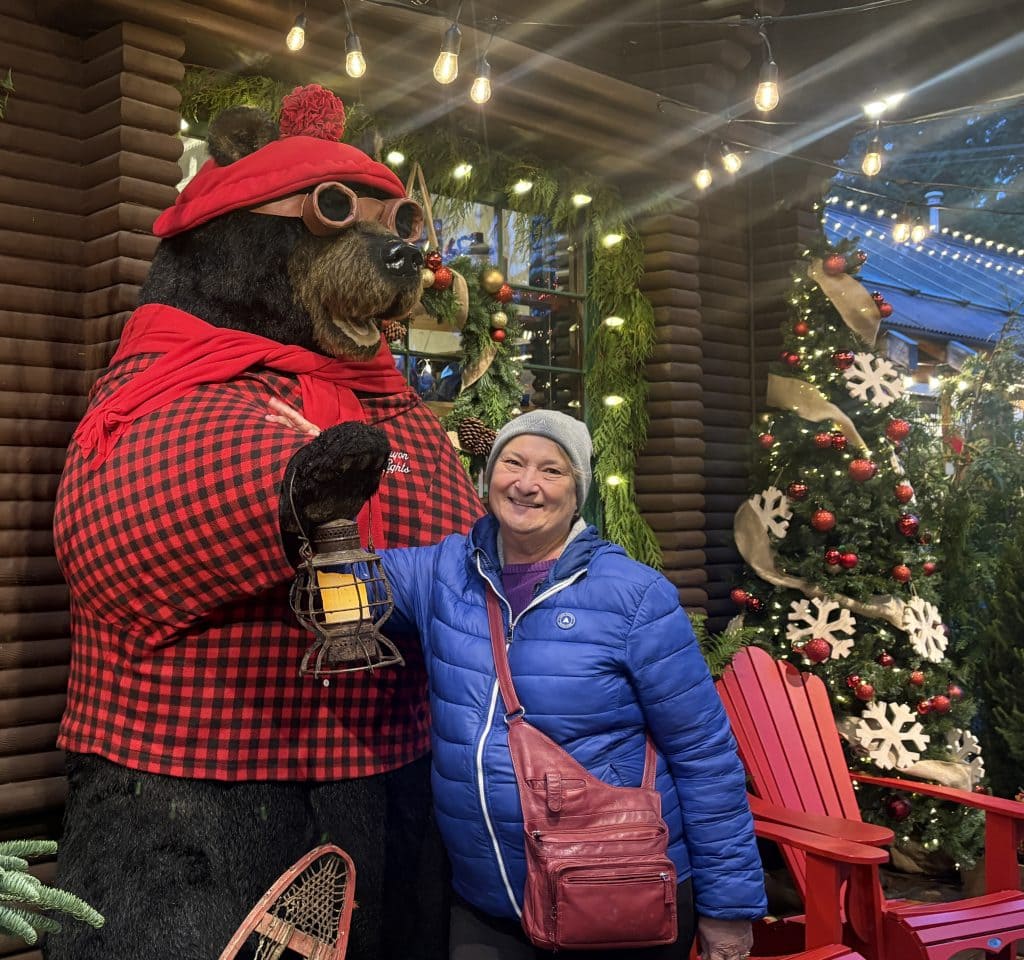
Before we set off to explore the three main attractions at Capilano Canyon: Cliffwalk, the Suspension Bridge and Treewalks Adventure, we decide to stop for hot chocolate while the area is relatively crowd-free.
I ask for one with Bailey’s and learn I can only have it if I agree to sit down to drink it. Walking around the park carrying a hot chocolate spiked with booze is not allowed. I decide to get a regular hot chocolate, thinking we’ll be walking around.
As it turns out, we settle at a table and drink our hot chocolates liberally frosted with marshmallows and whipped cream (of course) and have a chat. Julia points out that I could have had Bailey’s after all.
Oh well.
Cliffwalk
I advise going first to Cliffwalk, which opened in 2011. Dramatic lighting on the pathway leading to Cliffwalk provide photo ops every few meters. To the left is a stunning view of the suspension bridge as the light fades on a misty afternoon.
The colors of the bridge keep changing, from red and white to green and red to multi-color and back again. It’s endlessly photogenic.

Cliffwalk itself is incredible during the day and even more awe-inspiring during Canyon Lights. Anchored at only sixteen points set into the sheer cliff face, the narrow walkways, stairs and viewing platforms float thirty stories above the Capilano River Canyon.
Those with a fear of heights may find the Cliffwalk experience too frightening, although I read that the walkways can support forty-five tons, which is apparently equal to the weight of thirty-five adult orca whales.
I did not see even one orca and only a handful of regular-sized people on Cliffwalk, so I presume we were safe.

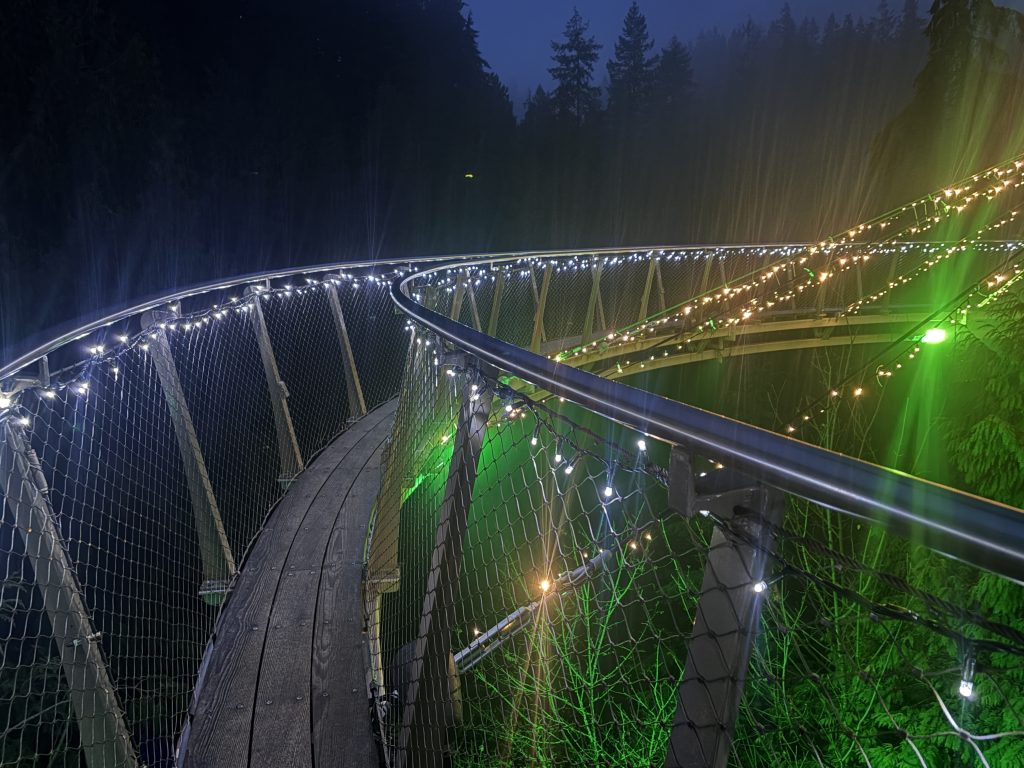
Mist hovers just above the brooding evergreen forest closing in all around us, the river roars through the canyon below, and everywhere, lights twinkle and washes of colors rotate through the spectrum to illuminate the cliff face and the rushing river far below.
It is jaw-droppingly gorgeous.
Suspension Bridge
As the oldest attraction in the park, the Capilano Suspension Bridge has thrilled visitors for almost 140 years. My granny and grandad crossed the bridge in the mid-1920s, my parents in the late 1940s, and me in the 1960s and beyond.
An outing to the Capilano Suspension Bridge was always atop the list of places to take visiting friends and family.
But in all the years I’ve been coming to Capilano Canyon, I’ve never seen the bridge illuminated during Canyon Lights. It is, predictably, spectacular!

Join the queue (it was very short for us) to get on the bridge and within seconds, the world beneath your feet begins to sway. It’s disconcerting, to say the least.
The 137-meter-long bridge swings freely above the canyon and is just bouncy enough to give your heart a jolt of adrenaline at every creak and judder.
Behind us, a group of young women shriek at every tiny movement as if they’re in imminent danger of immediate demise. They are not! Apparently, the bridge can easily hold the weight of a fully loaded 747 aircraft. Orca, however, are not mentioned.
The bridge soars seventy meters above the Capilano River. If the Statue of Liberty were somehow plunked down in the middle of the river (though who knows why she would be), the bridge would cross over her shoulder. Fun fact.
It’s almost impossible to stop on the bridge to take photos because of the steady stream of people following behind. I content myself with enjoying the swinging walk. When we get to the other side, the ground still sways slightly, an interesting sensation.
Treetops Adventure
Built in 2004, Treetops Adventure is the third major attraction at Capilano Suspension Bridge Park. Seven suspension bridges lace together viewing platforms attached to eight 250-year-old towering Douglas firs.
During the day, the walk immerses you in the moss-draped rainforest.
At night during Canyon Lights, the walk becomes a flight through Neverland. Lights are everywhere: on the trunks of the trees, the tops of the trees, slithering up the exposed roots of the trees.
Every bridge and platform is strung with lights, and far below is a dizzying array of white globes, colored orbs, a tunnel that looks like a colored Slinky, multi-hued hula hoops, and sparkles.
At its highest point, Treetops Adventure is 33 meters above the forest floor.
It’s impossible not to stop every few meters to take yet another photo. Who knows how many will turn out? I don’t care. I keep snapping and snapping, entranced by the shimmering, dazzling beauty.
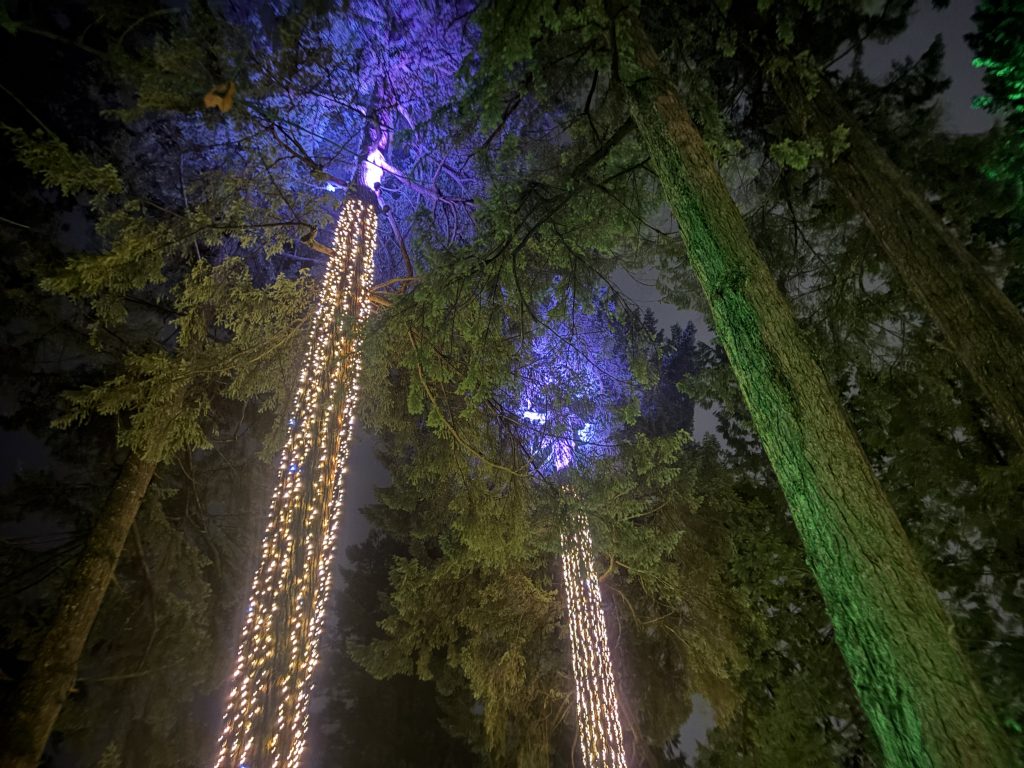



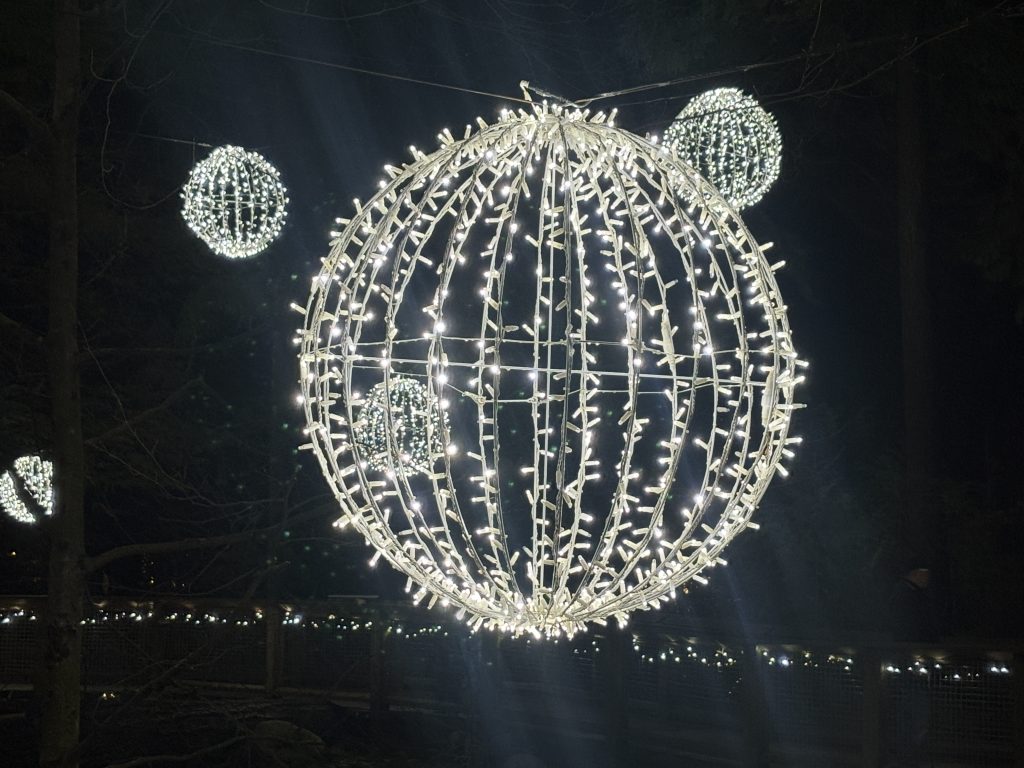
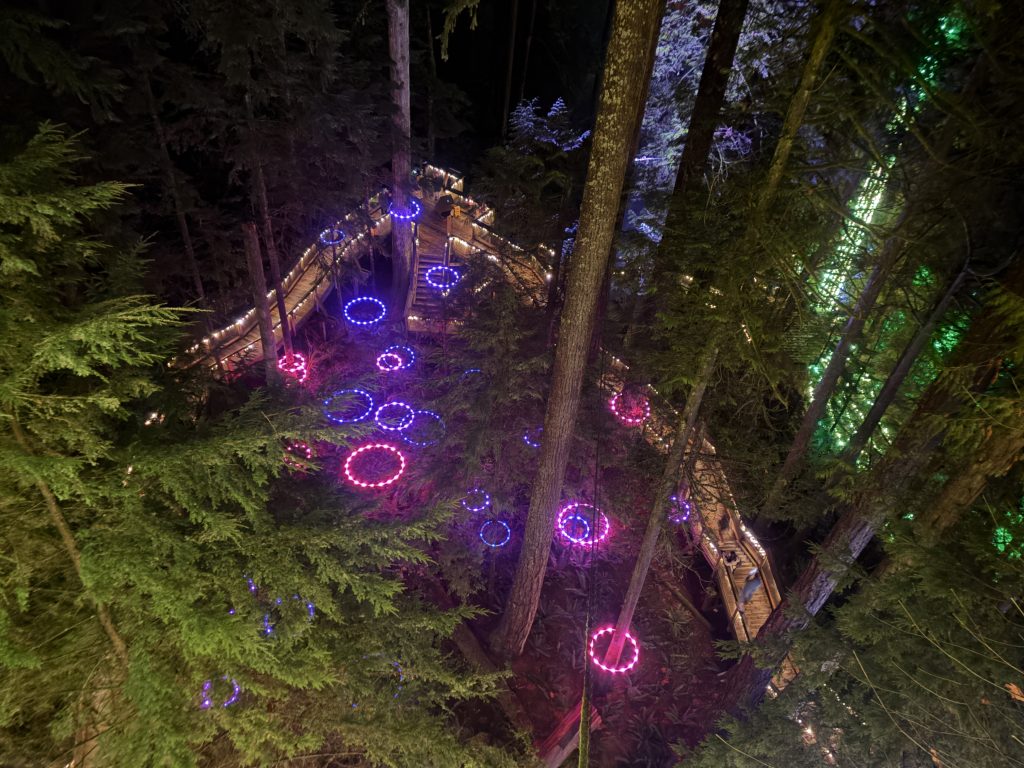
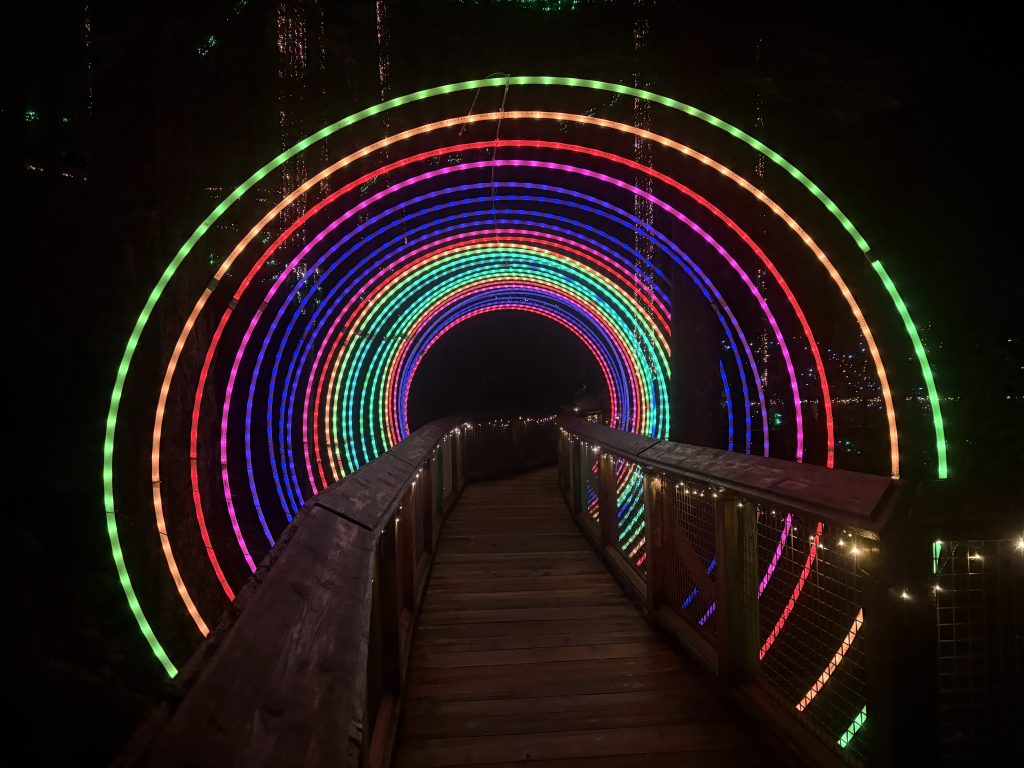

Along the Forest Floor to Wildlight
After circumnavigating Treetops Adventure, descend to more walkways that snake along the forest floor past suspended spheres, a field of multicolored orbs, the aforementioned Slinky-style tunnel, and on to the newest attraction, Wildlight.
This compelling 3D wildlife projection may be missed by visitors who don’t venture down to the forest floor. It’s a must-see. Pause for awhile to watch projections of forest creatures including black bears, coyotes, grizzlies, owls, deer, and gamboling squirrels.


Tucked away beyond Wildlight is a dense cluster of lights that seem to float among the trees. I could have stared for hours into the packed twinkle-fest, the colors everchanging. Talk about mesmerizing.
Ending Your Visit
After thoroughly exploring every part of the area, climb back up to the Suspension Bridge and sway on back to the other side.
End your visit with a quick look through the large gift shop followed by a meal at the Cliff House Restaurant or the Loggers’ Grill.
We shared a Capilano Crunch waffle. Delicious.

Is It Worth It?
So, now that I’ve explored Canyon Lights, would I say it’s worth the $75 entrance fee?
I’m happy to give a resounding “yes” and an enthusiastic thumbs up. If you only do one holiday outing this year, consider Capilano Lights.
Canyon Lights FAQs
Yes. Purchase tickets for Canyon Lights online in advance for a timed entry. Weekends and the week before Christmas sell out quickly. If you are an Annual Passholder, reserve your time online well before visiting the park; only a limited number of Annual Pass reservations are available per hour.
Arrive about 30–45 minutes before sunset. You’ll catch the last light on the canyon, then watch the bridge and treetops slowly glow to life, a beautiful transition for photos. Full darkness is magical too, but also the most crowded.
We spent 3 hours to see Cliffwalk, the Suspension Bridge and Treetops Adventure, and also to enjoy two snacks and a take a stroll through the gift shop. Allow at least 2 hours if you’re not planning to eat. Just walking around Treetops Adventure and pausing frequently to take pictures takes quite a while, especially if it’s crowded.
Yes, but strollers are not permitted on the attractions. The website recommends that babies be carried below railing level or in a purpose-designed child carrier.
If you’re staying in downtown Vancouver, take the free Capilano shuttle that drops you right at the entrance. The trip from downtown to Capilano Suspension Bridge Park takes about 25 minutes. Here’s a link to the free shuttle schedule. Paid parking is available on-site but can fill up early on weekends and evenings. If you’re driving, arrive early for the best chance at a spot. I arrived at 4 pm and had no trouble getting a spot, and spots were available when I returned to my car at 7 pm. Mind you, I visited on Canyon Lights’ opening weekend. Later in December, parking will be at a premium.
Dress warmly. The rainforest is generally colder and damper than downtown. Wear layers, waterproof shoes with good grip, and gloves for holding metal railings. The decking can be slick after rain.
Yes. Capilano has a café and seasonal snacks, including hot chocolate (with marshmallows!) and light meals. If you’re visiting at peak times, expect line-ups for warm drinks.
Canyon Lights continues rain or shine. As a west coast girl born and bred, I find the rainforest even more enchanting in the rain (as long as the rain isn’t too torrential). The lights glitter and everything looks misty and mysterious. If it’s raining, wear waterproof clothing and/or bring an umbrella. The suspension bridge is only closed in severe weather and high winds.
According to the Capilano Canyon Suspension Bridge Park website, well-behaved and leashed dogs are welcome, and of course certified service animals are permitted.
Absolutely. Canyon Lights transforms the entire park—the Suspension Bridge, Treetops Adventure, and Cliffwalk—into a glittering, immersive light installation. Even if you’ve visited in summer, the winter version feels like a completely different experience. I’ve visited many times during the day over the years, and my first experience at Canyon Lights was fabulous.
The Suspension Bridge, Treetops Adventure, and Cliffwalk are not wheelchair accessible. Guests using wheelchairs or mobility aids receive complimentary admission to enjoy accessible areas. Check the website for details.
Where to Stay in Vancouver
If you’re visiting Vancouver over the holiday season, here are some hotels to consider in downtown Vancouver. Remember you can catch the free shuttle from downtown directly to Capilano Suspension Bridge Park to see Canyon Lights.
OPUS Vancouver
OPUS Vancouver has bright, bold, playful rooms with strong design personality, perfect for travelers who love a splash of color and creative energy.
Sutton Place Hotel
Located on Burrard Street and around the corner from plenty of good shops and restaurants on Robson Street, the Sutton Place Hotel is one of the more reasonable options in Vancouver with comfy 4-star rooms.
Vancouver Tours
GetYourGuide offers a winter tour of Vancouver that includes Canyon Lights. This tour is a good bet if you’re visiting and want to see several highlights.
And here are more options for touring Vancouver. Why not splurge and take a seaplane flight over the city? On a clear day, the views are amazing.
Conclusion
There’s something deeply creative about the way Canyon Lights transforms Capilano Canyon each winter. More than a holiday attraction, it’s an immersive art installation that’s been masterfully woven into the rainforest itself. Lights are brushstrokes, towering evergreens and fern-covered forest floors are the canvas, and every viewpoint a new composition.
Whether you’re drawn by the shimmer of the Suspension Bridge, the jewel-toned glow of the treetops, or the quiet magic of standing in a forest illuminated from within, Canyon Lights is a reminder of how art and nature meet in the most unexpected places.
Looking for artsy things to do in Vancouver? Check out my posts on some recommended things to do in my home town.



